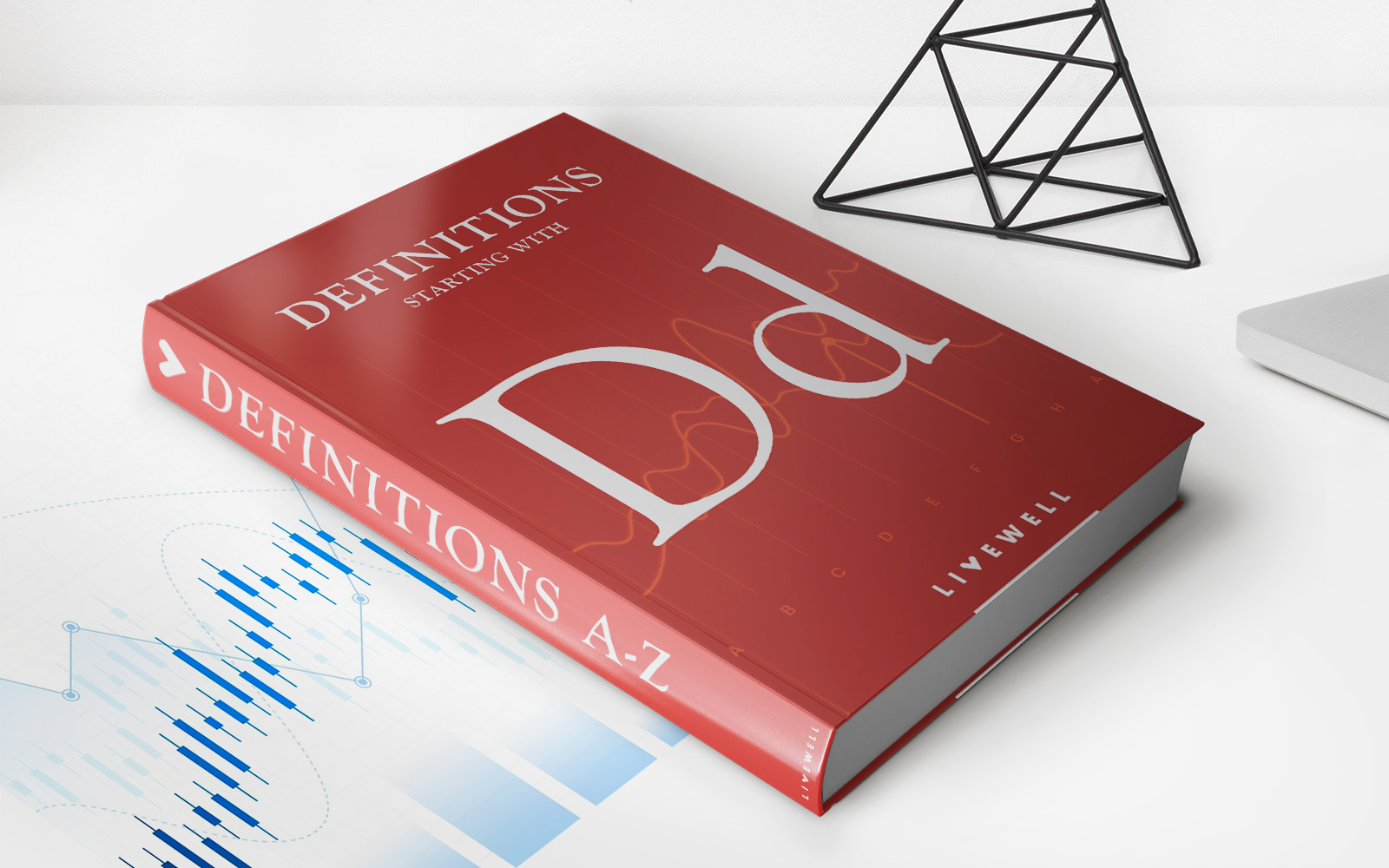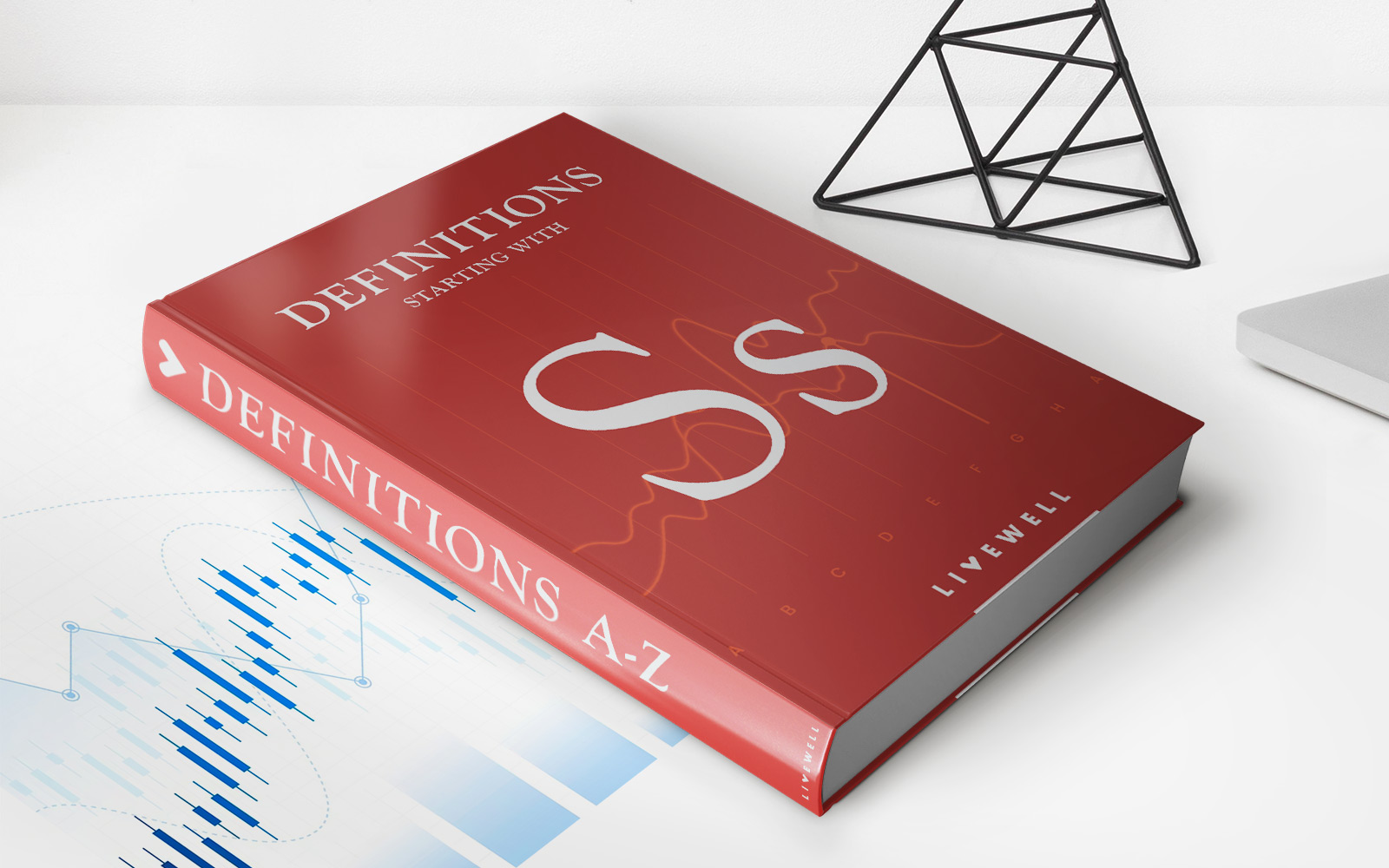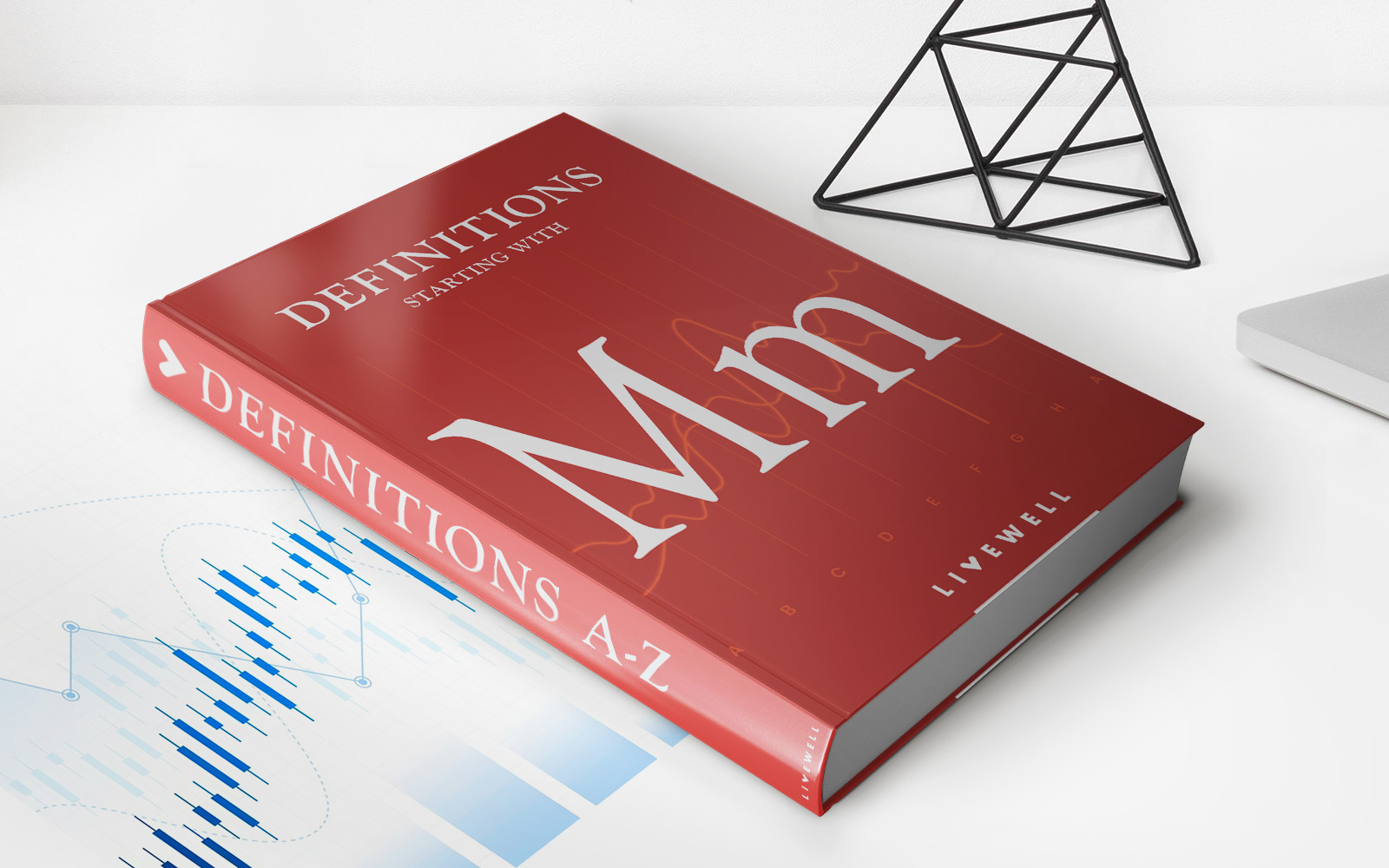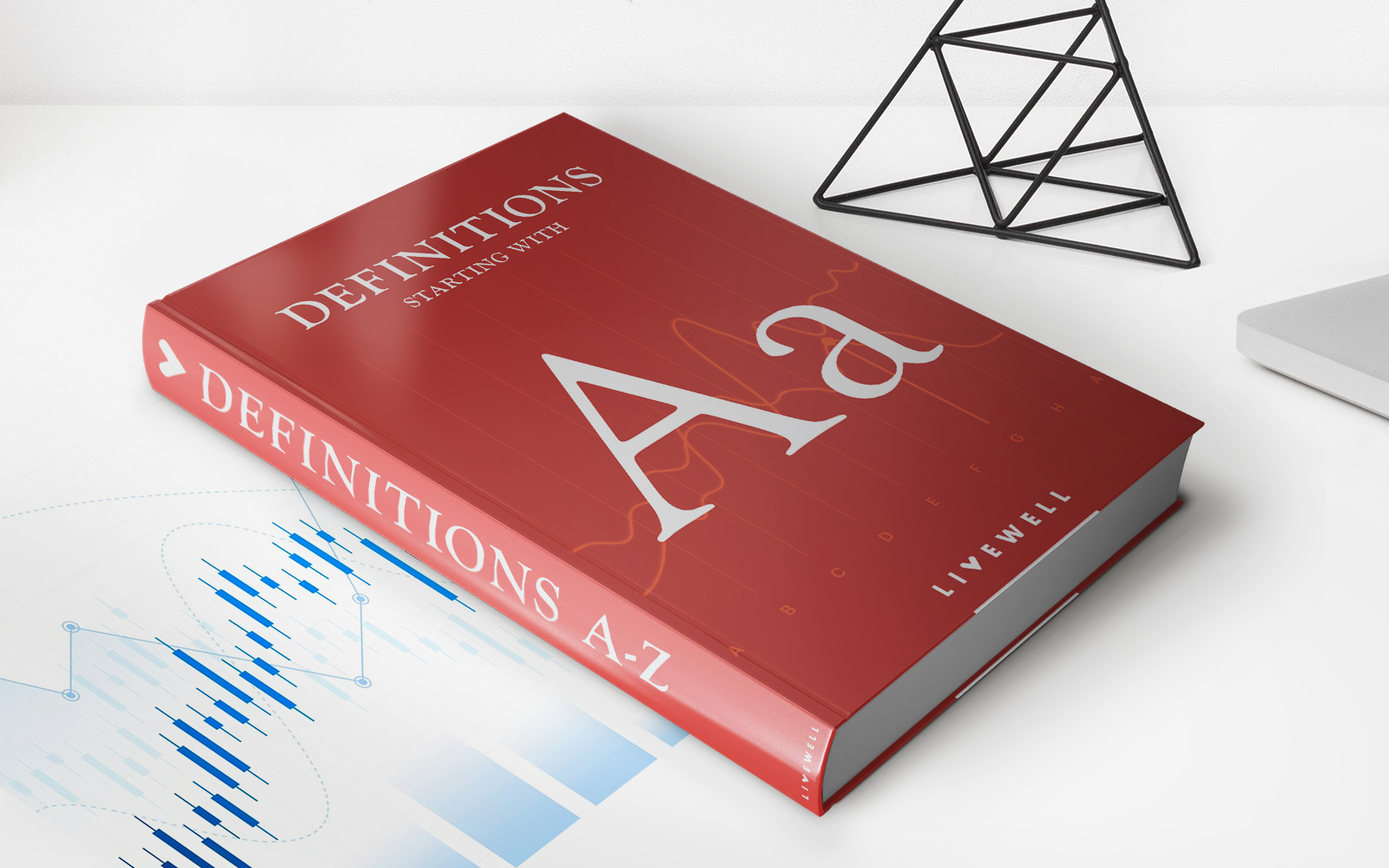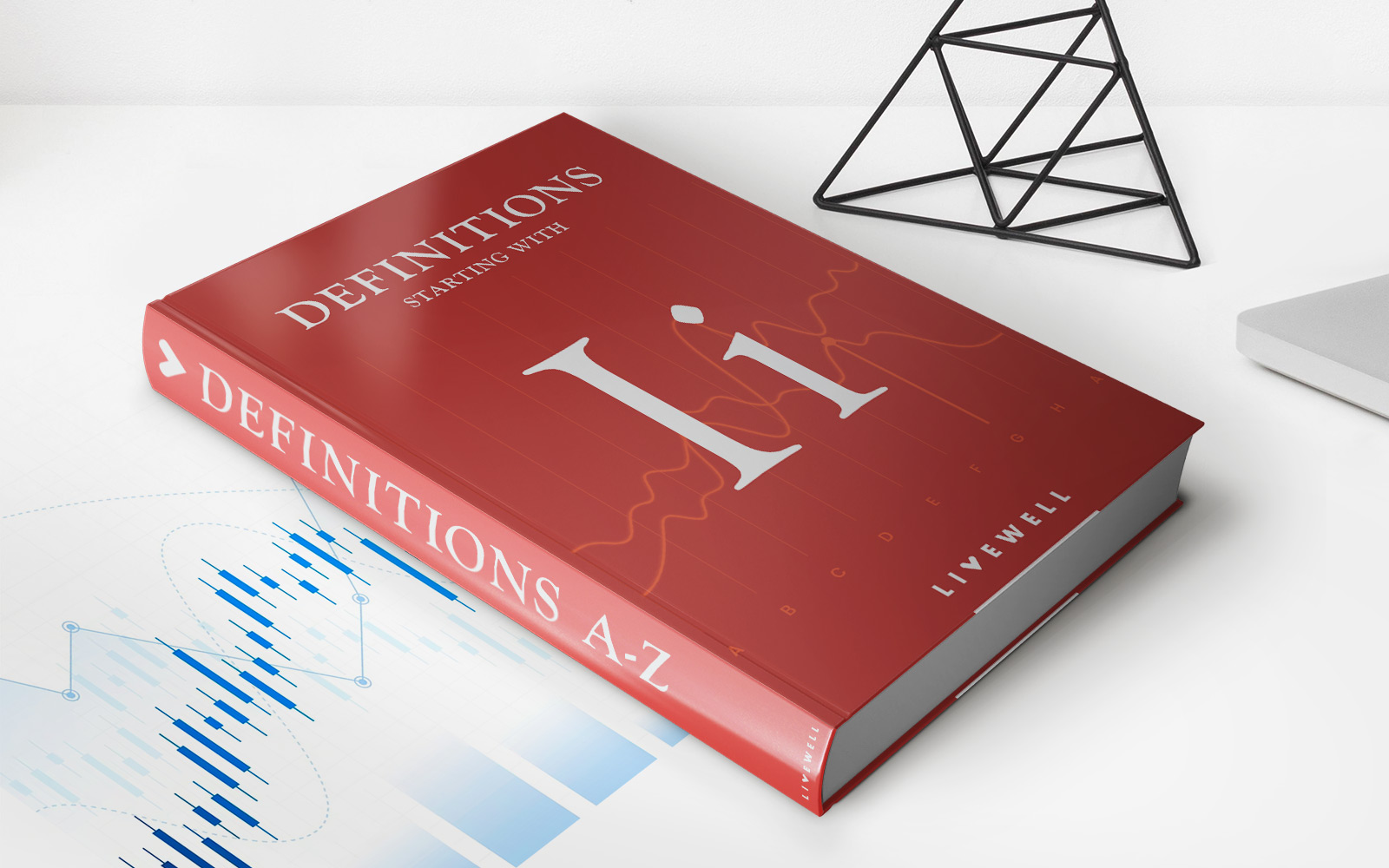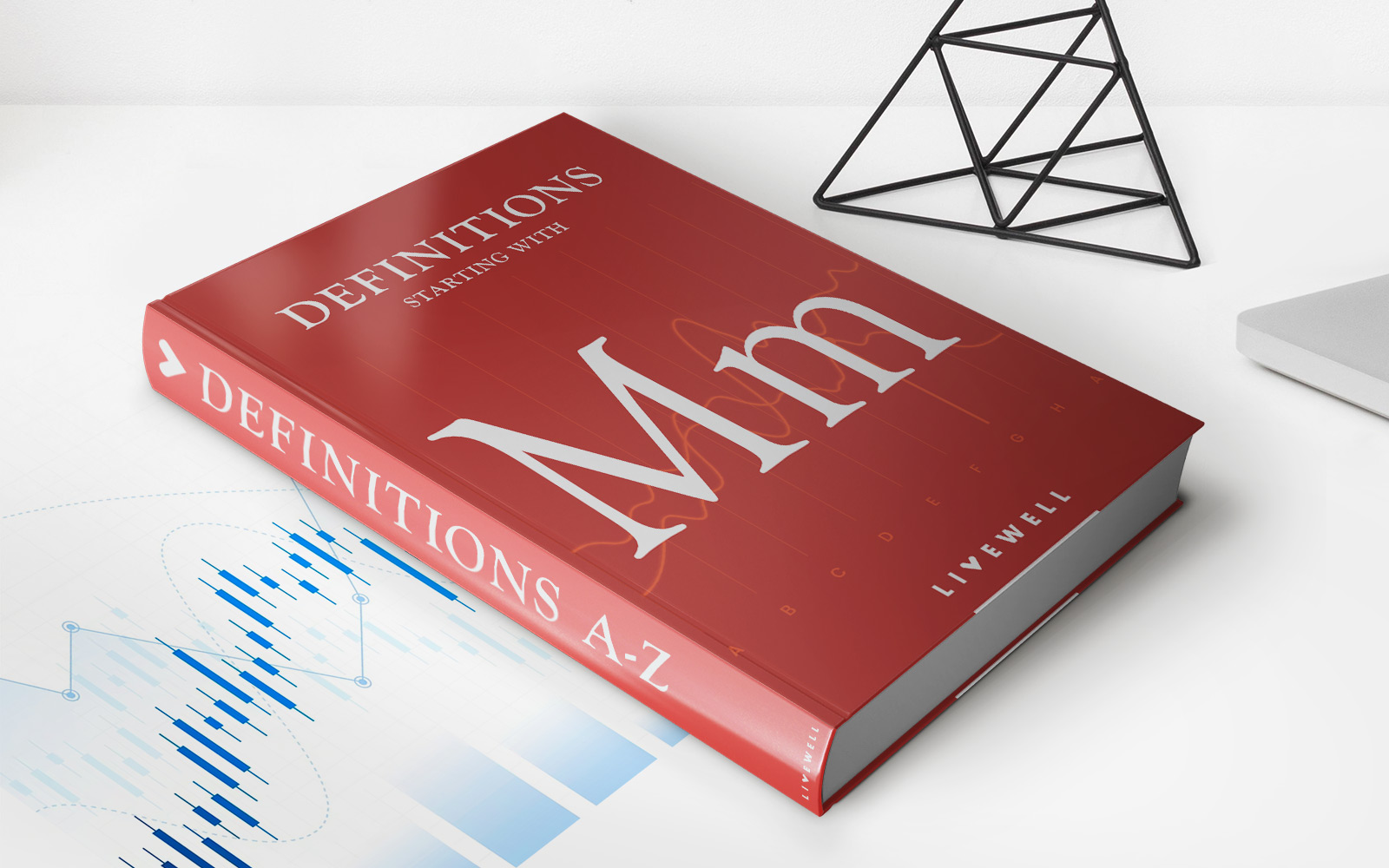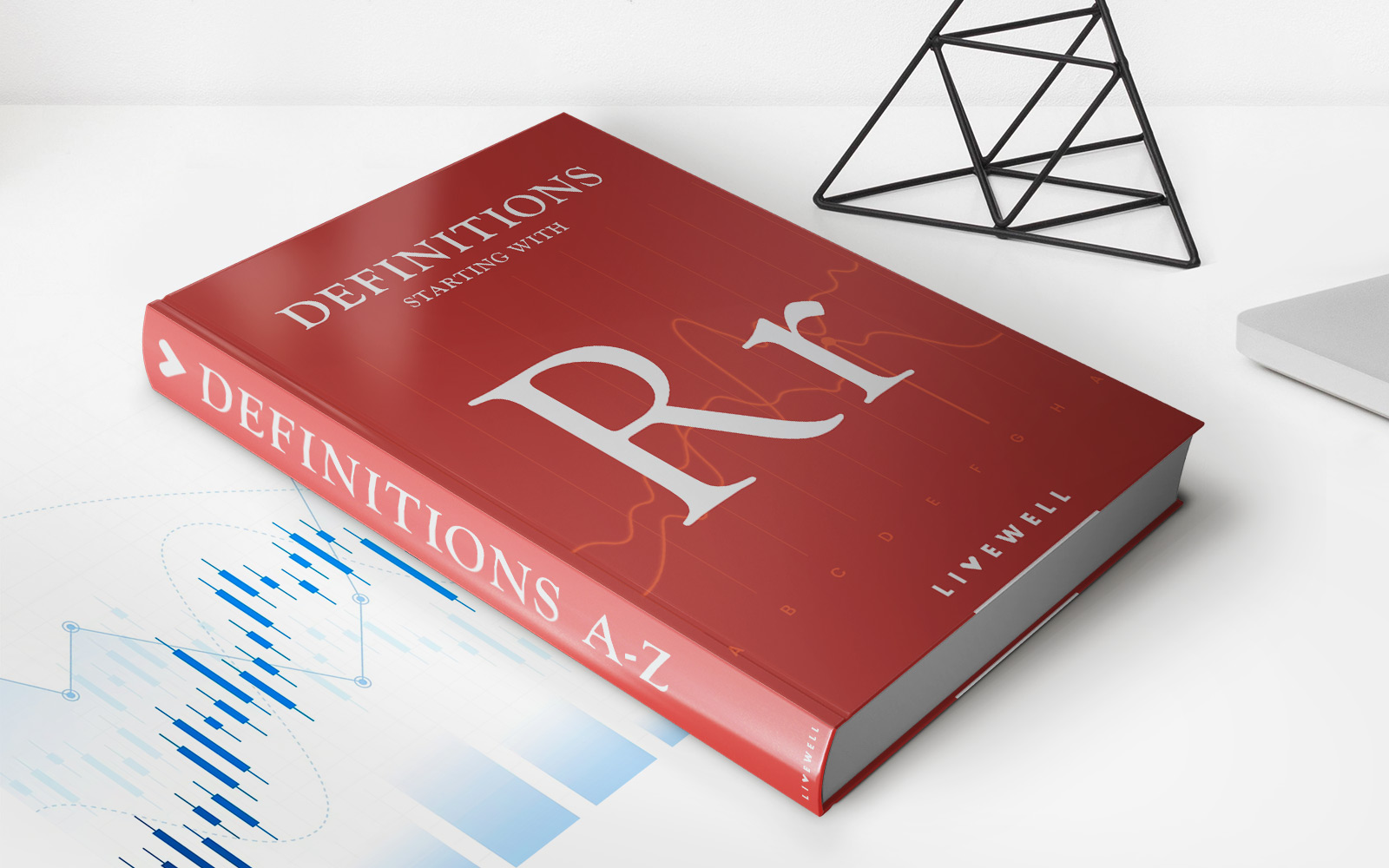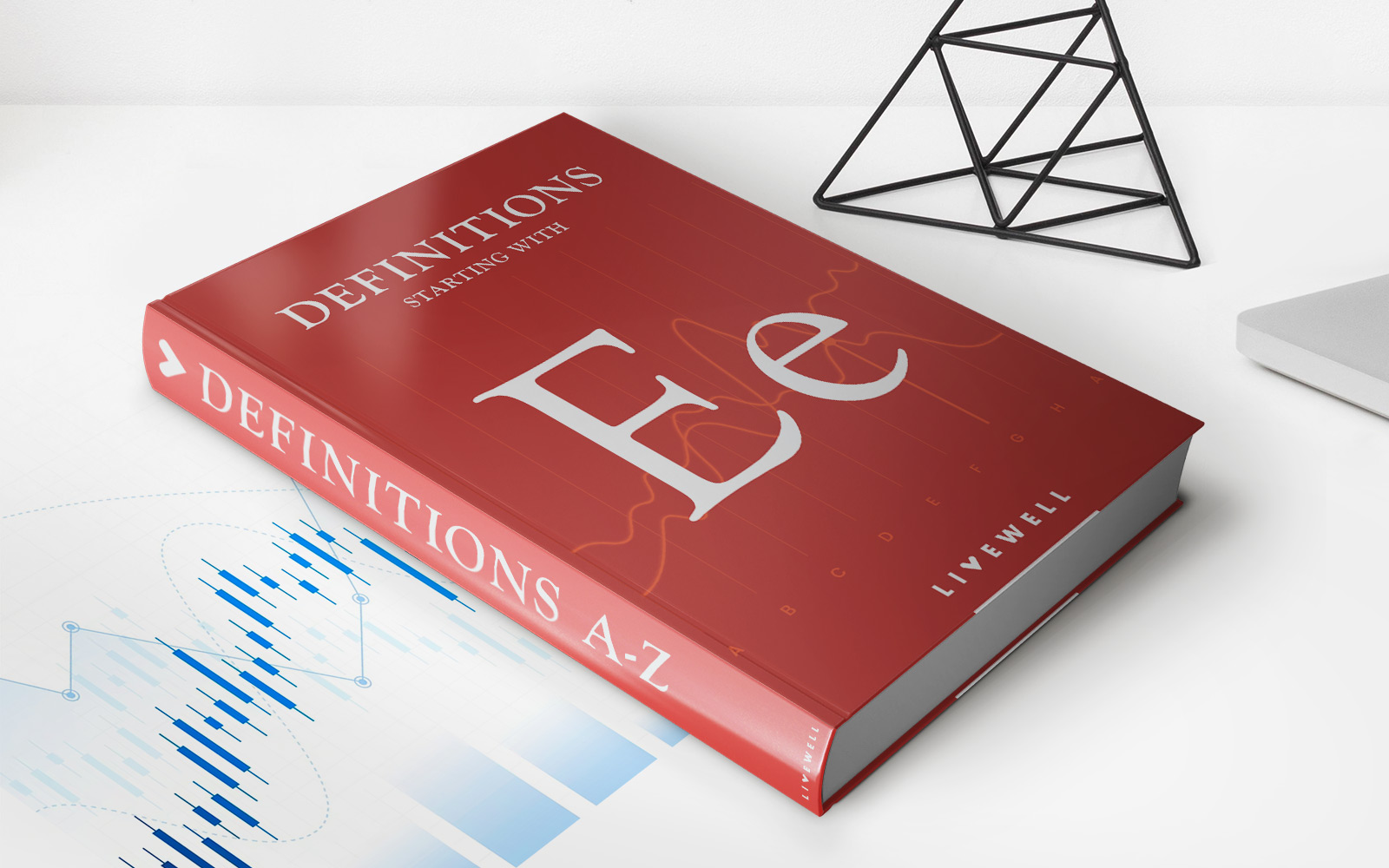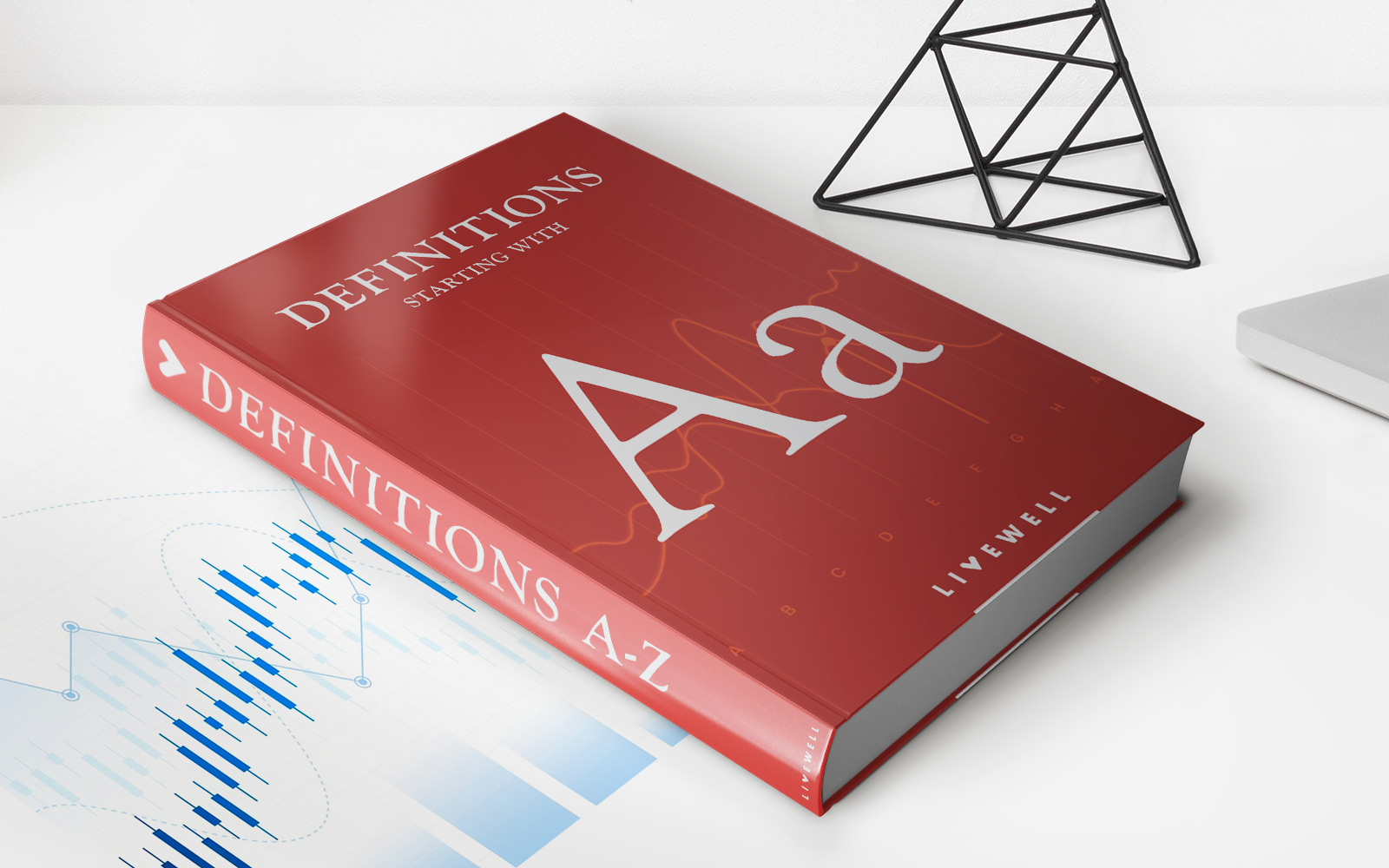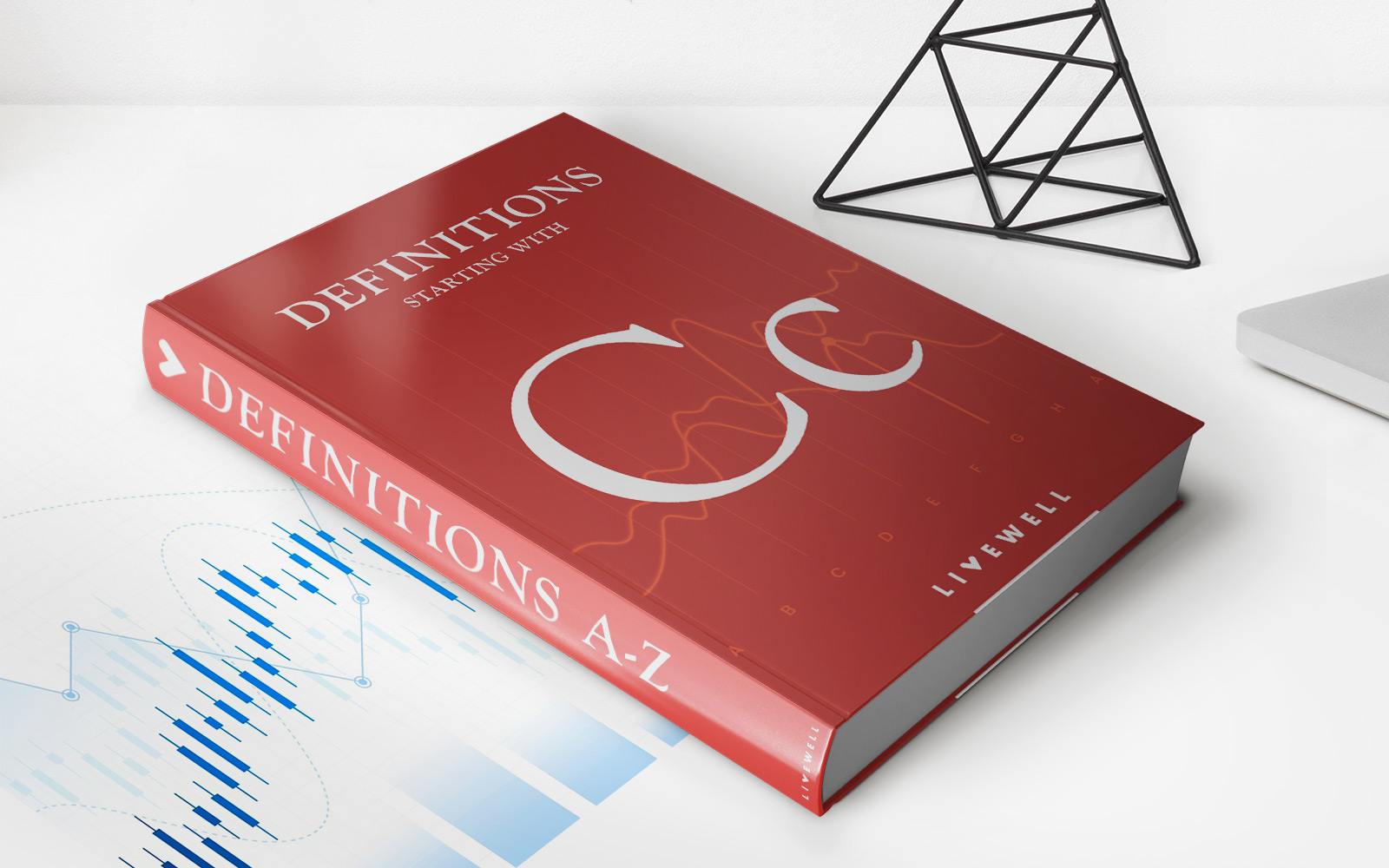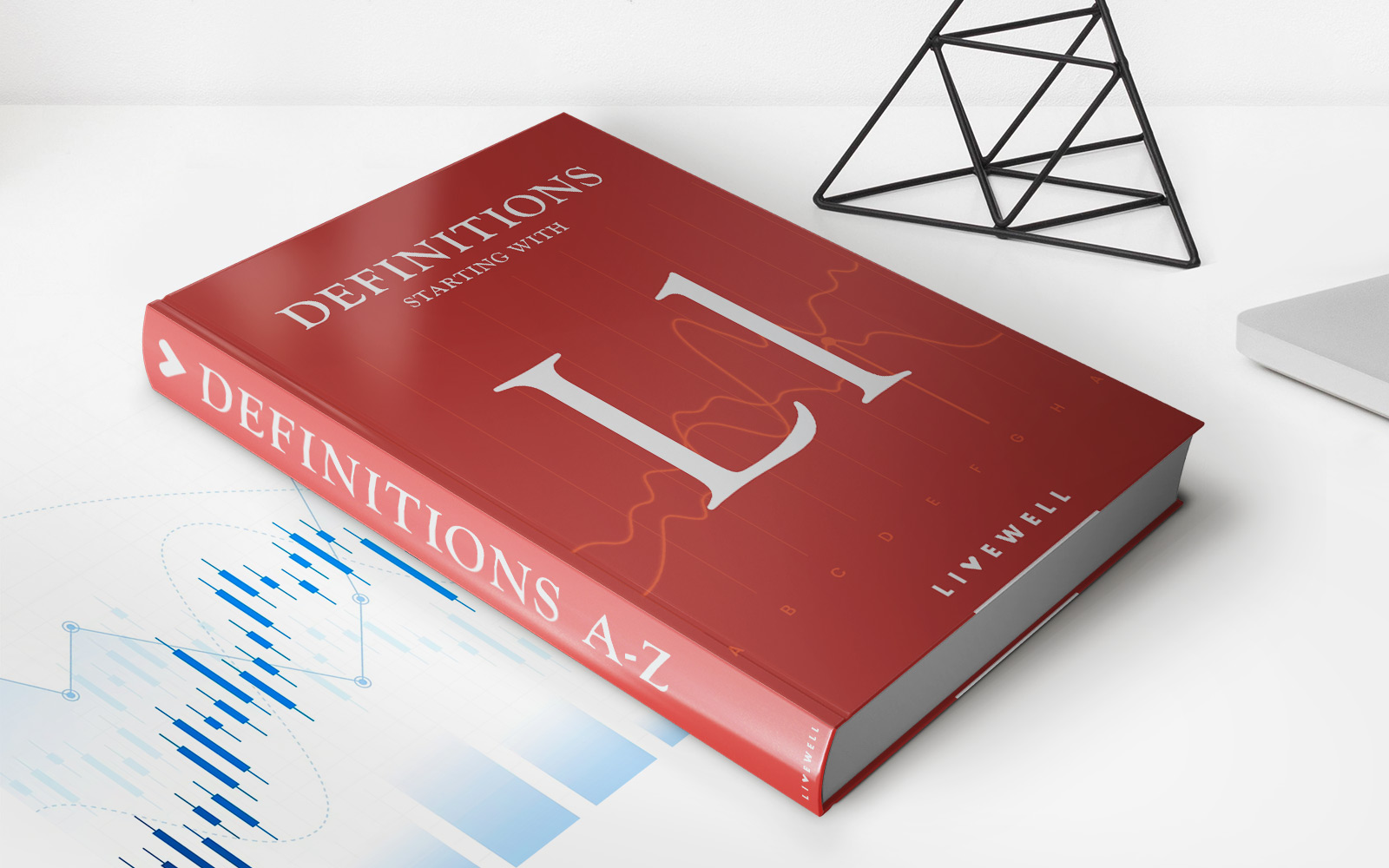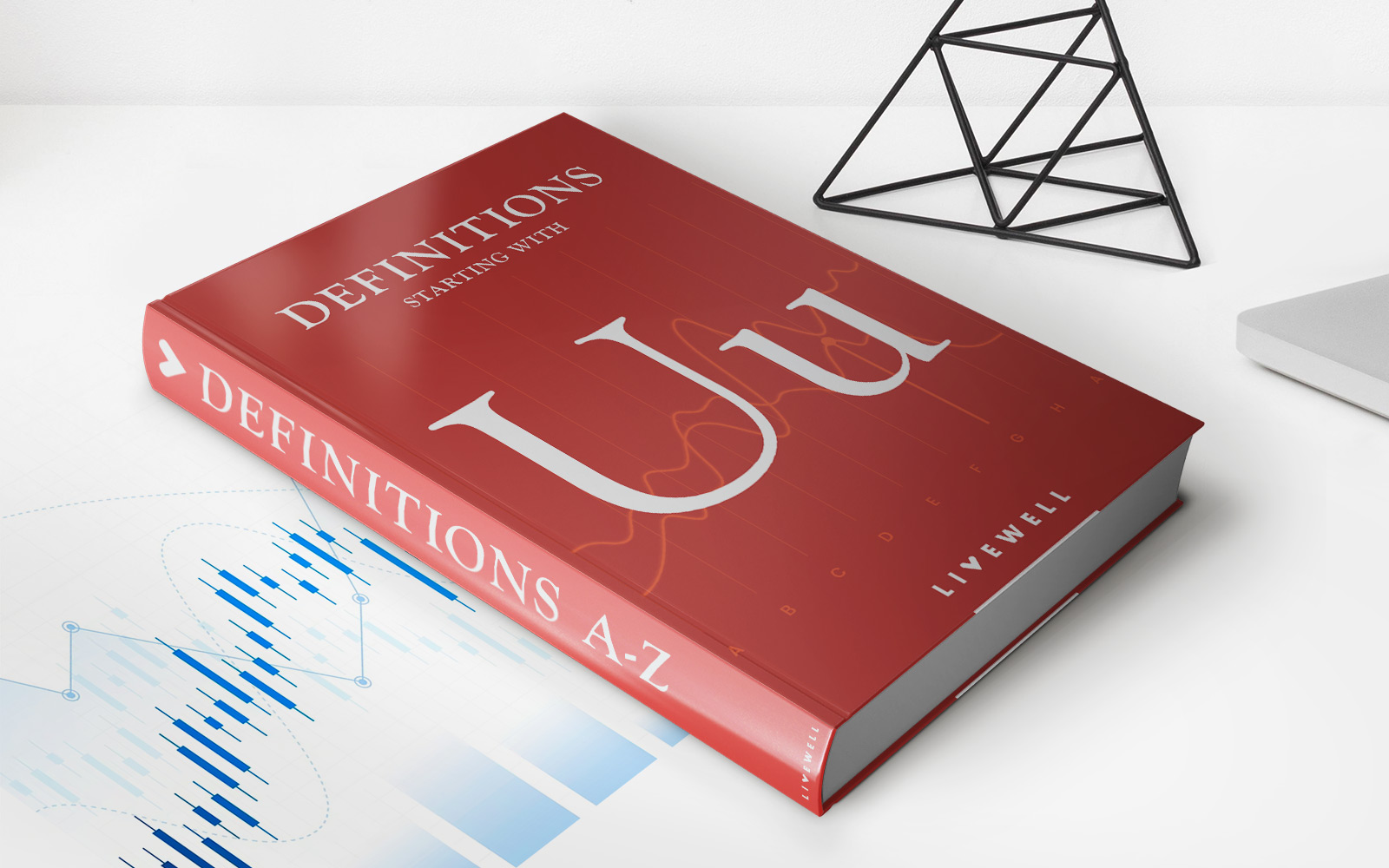Home>Finance>Principal-Protected Note (PPN): Definition, Benefits And Downside
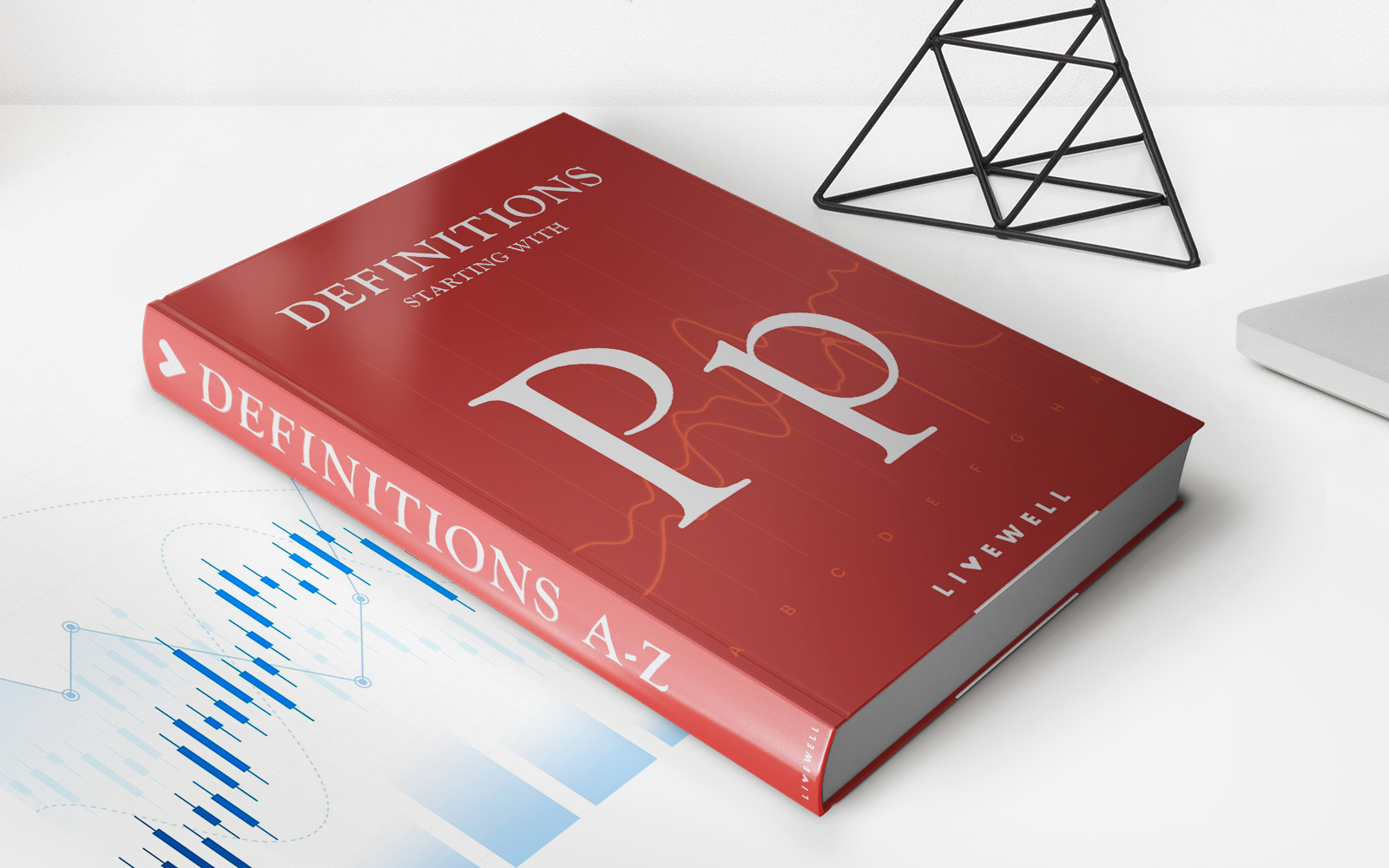

Finance
Principal-Protected Note (PPN): Definition, Benefits And Downside
Published: January 11, 2024
Find out what a Principal-Protected Note (PPN) is, its benefits, and downsides in the world of finance.
(Many of the links in this article redirect to a specific reviewed product. Your purchase of these products through affiliate links helps to generate commission for LiveWell, at no extra cost. Learn more)
Unlocking the Potential of Principal-Protected Notes (PPNs) in Finance
When it comes to investing, the world of finance offers a multitude of options. One such option that investors can consider is the Principal-Protected Note (PPN). In this blog post, we will delve into the definition of PPNs, explore their benefits, and shed light on their downsides. So, whether you are an experienced investor or just starting out, this guide will provide you with valuable insights into the world of Principal-Protected Notes.
Key Takeaways:
- Principal-Protected Notes (PPNs) offer a unique investment opportunity that combines elements of both bonds and derivatives.
- PPNs provide investors with principal protection, ensuring the return of their initial investment at maturity.
Defining Principal-Protected Notes (PPNs)
A Principal-Protected Note (PPN) is a financial product that combines the features of a bond and a derivative. It is structured to provide investors with a guaranteed return of their initial investment, known as the principal, at maturity. This means that, regardless of market performance, investors can be assured that they will not lose their principal amount.
PPNs are typically issued by financial institutions and are linked to an underlying asset, such as stocks, bonds, or a basket of assets. The return on PPNs can be linked to the performance of the underlying asset, a specific index, or other predetermined benchmarks. This allows investors to potentially benefit from any upside in the market, while still protecting their principal investment.
The Benefits of Principal-Protected Notes (PPNs)
Investing in Principal-Protected Notes (PPNs) offers several advantages that make them an attractive option for investors:
- Principal Protection: As the name suggests, the main benefit of PPNs is the guarantee of principal protection. This feature provides investors with peace of mind, knowing that their initial investment is secure.
- Market Exposure with Safety: PPNs allow investors to participate in market gains without the risk of losing their principal. This makes them an excellent choice for risk-averse investors seeking a balance between safety and potential returns.
- Diversification: PPNs can be structured to provide exposure to a wide range of underlying assets, allowing investors to diversify their portfolios and reduce risk.
- Potential for Higher Returns: Depending on the structure of the PPN, investors may have the opportunity to earn higher returns if the market performs well.
The Downside of Principal-Protected Notes (PPNs)
While Principal-Protected Notes (PPNs) offer enticing benefits, it’s important to consider their downsides:
- Limited Upside Potential: While PPNs offer the potential for higher returns, the upside is often capped. This means that investors may not fully benefit from a significant market upswing.
- Complexity: PPNs can be complex financial products, making them difficult for some investors to understand. It’s crucial to thoroughly analyze the terms and conditions of any PPN before investing.
- Lack of Liquidity: PPNs are not as liquid as other investments, such as stocks or bonds. This means that selling a PPN before its maturity date may be challenging, and investors may have to wait until maturity to access their funds.
In Conclusion
Principal-Protected Notes (PPNs) offer a unique investment opportunity for investors seeking principal protection while still being able to participate in potential market gains. With their appealing benefits and downsides to consider, it is crucial for investors to carefully evaluate their risk tolerance and thoroughly understand the terms and conditions of any PPN before making an investment decision.
Remember, always consult with a financial advisor to ensure that Principal-Protected Notes align with your investment goals and risk appetite.
